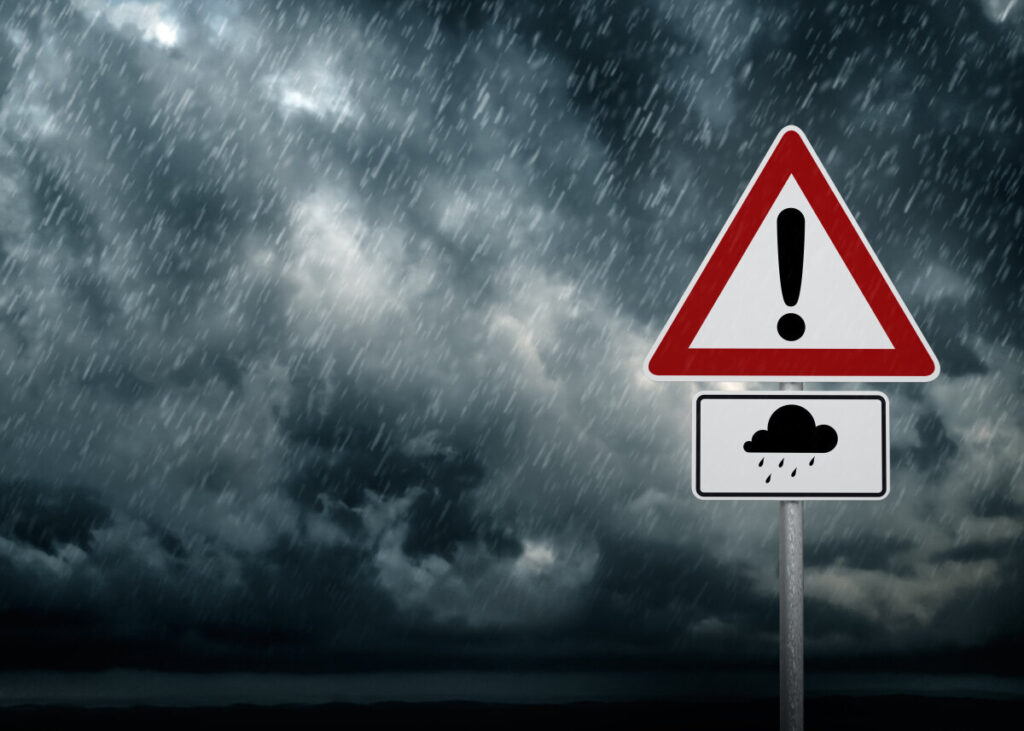
Hail Risks for Homes and Autos
Hail comes in all sizes, ranging from pea-sized pellets to baseball-sized chunks of ice. Smaller hail usually bounces harmlessly of surfaces, but larger hailstones can cause serious damage to cars and homes. Fortunately, your car and home insurance policies can cover damage caused by hail and many other weather-related risks.
A hailstone’s journey is an interesting one. Raindrops carried up into cold parts of the atmosphere by air currents then freeze, becoming small frozen hailstones. As the hail falls back to earth, it can pick up more moisture, which then also freezes, adding to the hailstone’s size. Interestingly, hail only occurs during warmer months, when you’d least expect frozen things to fall from the sky.
Larger hailstones can be dangerous to people, cars, and rooftops. Take shelter inside and cover your head if coming in from outside. If in your car, the safest move may be to stay where you are. Hailstorms come fast and furious, but usually leave just as quickly. Close the sunshade on your glass moonroof if your car has one.
Hail coverage for your vehicles
A sudden hailstorm can leave a car as dimpled as a golf ball. But if you have comprehensive insurance for your vehicle, your auto insurance policy can help cover damage caused by hail. Comprehensive insurance is sometimes called “other than collision” insurance, a moniker that helps explain what comprehensive insurance covers. Comp coverage protects against damage caused by falling or flying objects, as well as fires, theft, vandalism, flooding, and more.
Comprehensive insurance is the perfect coverage for weather-related risks and may be more affordable than you might expect. If you have a lease or a loan balance on your vehicle, you probably already have comp coverage as part of your policy.
Hail coverage for your home
Just as hail can damage cars, nature’s frozen fury can also damage roofs, windows, solar panels, and skylights. Outdoor furniture may also be at risk, but home hail claims typically center on roof damage. Powerful hailstorms can damage roof shingles and roof panels. However, in some cases, damage may not be obvious from the ground. There’s little cause for worry in lighter hailstorms, but if the hail is large enough your roof can suffer damage that can lead to leaks in the next rainstorm.
Your home insurance policy covers damage to your roof, although how coverage applies may vary by insurer or based on policy options. Roofs are considered wear items, meaning they won’t last forever. As a result, a claim for a roof damage may be prorated based on the roof’s age.
Discuss your coverage options with your agent or broker
Your insurance needs can change over time. Periodic insurance reviews allow you update your coverage options to match your lifestyle, even if life changes. To schedule a policy review, just reach out to your agent or broker.